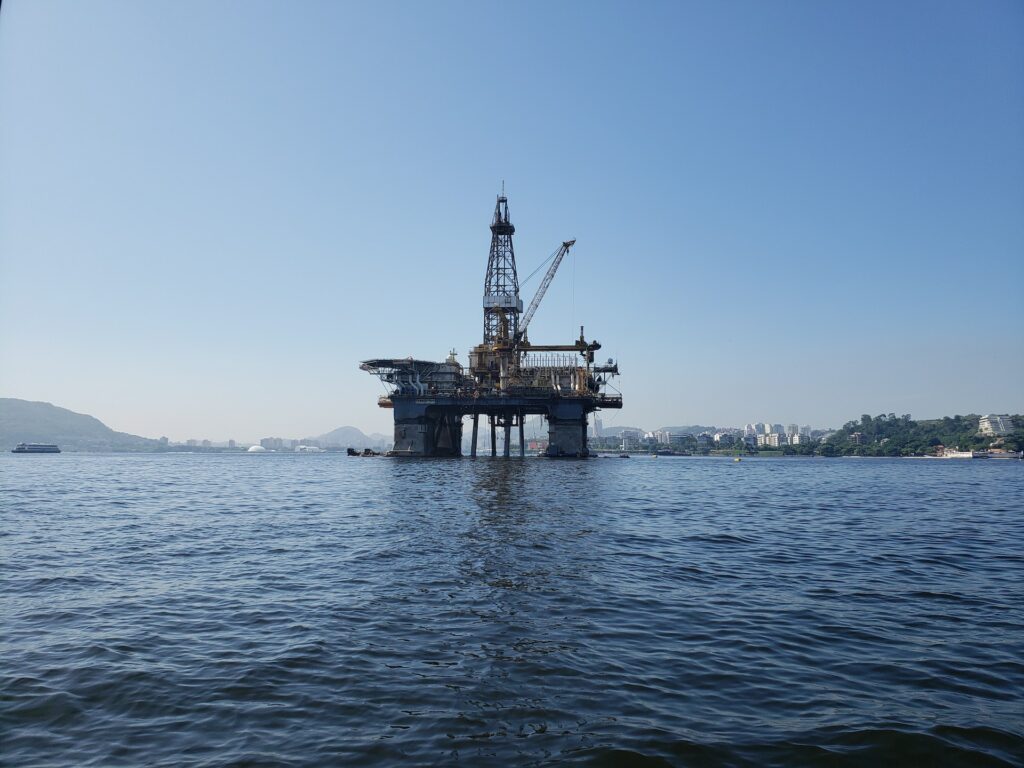What is Natural Gas and why has there been so much discussion around it recently?
Natural Gas is a type of fossil fuel that is received from organic matter which was exposed to increased heat and pressure underground. The application of Natural Gas is quite wide starting from the household (used in cooking and heating purposes) to industrial applications such as manufacturing and agriculture, to name a few.

The price of Natural Gas is dependent on several factors including but not limited to:
- Challenges during production
- Levels of inventory
- Weather patterns
- Economic conditions
- Prices of other natural resources eg. crude oil, coal, etc.
Since the start of the Russia-Ukraine war in early 2022 the Natural Gas supply to most western countries has been reduced causing a jump in the price during the first half of the year. However, Natural Gas prices started to decline during the autumn and winter season due to below reasons:
- Warmer autumn and winter in most of the western countries that were using Natural Gas for heat purposes.
- More efficient energy inventory development including sourcing of alternative resources and suppliers (other than Russia) for western countries.
- More efficient consumption by users due to the higher prices during the first half of the year which led users to find alternative and more effective ways of doing business while leveraging other resources that can supplement Natural Gas.
What are the fundamentals of the current Natural Gas Future (NG1!) price?
Natural Gas Future (ticker: NG1!) is closely monitored by traders for market sentiment as well as for trading purposes. After more than 6 months of a downward trend in the Natural Gas Future value, it started to rebound in recent trading sessions enabling some new discussions in the trading community.
When looking at the technical analysis of the NG1! and considering the price history for the past year, several trends are visible:
- The Moving Average Convergence Divergence (MACD) indicator representing the price sentiment dictated by the market i.e. bearish or bullish run, shows some trend reversal after about a month (since early/mid-March) of a bearish run.
- Relative Strength Index (RSI) depicting the relative valuation compared to the historical performance, shows that the price of NG1! Is trying to recover from its undervalued territory with an upward trend towards the mid-area which is considered the fairly valued price of the instrument.
- Bollinger Bands which represent the relative valuation of the instrument compared to the historical performance similar to RSI also show that the price is trying to reverse back to its moving average first time since early/mid-March as it was considered undervalued for about a month.
Some of the points that are currently discussed around the Natural Gas price reversal is that it might be the end of the long bearish run caused by economic, geopolitical, and weather conditions. On the other side, some ideas are developed around the theme that the reduced price combined with slightly colder than usual spring months in western countries may be the reason why the demand for Natural Gas is increasing again. Others speak about the protests and energy network disruptions in France which could be another reason why the price of Natural Gas could start increasing.
Nevertheless, it is worth noting that the Natural Gas inventories in western countries are well above the average levels historically seen, and combined with the fact that the cold spring weather might not last long, the upside potential for the price (even if there is one) might be limited.
Final Thoughts
After more than 6 months of decline, some activities are being noticed in the price of Natural Gas Futures which led the investment community to bring back some heated debate about this commodity.
Although the technical analysis and market conditions are pointing out to a price reversal in the near term, the real question that should be asked is whether that reversal will last for a long period of time.
Even if the price uptick is driven by the recent cold weather in western countries that fueled the demand for Natural Gas, the brief weather change is not a long-term fundamental for the futures price to maintain its levels.
On top of that given the fact that summer is getting closer, and that there is an increased inventory level of Natural Gas in western countries, it is unlikely that we will see long-term demand growth or supply shortage. Therefore, these market conditions and arguments mentioned above support the hypothesis of just short-term price action.
StockHax strives to provide unbiased and reliable information on cryptocurrency, finance, trading, and stocks. However, we cannot provide financial advice and urge users to do their own research and due diligence.
Read More


